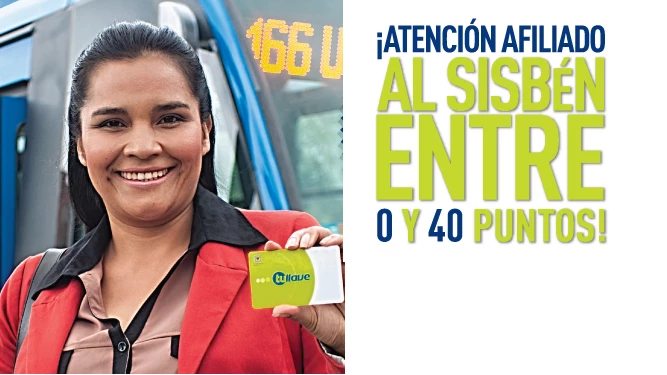Public transport is an important mode of transport, especially for low-income populations. Cities, however, struggle to provide public transport services for fares that are both affordable and financially sustainable. Since meeting both goals is quite difficult, transport systems either end up relying on high levels of subsidies or charging transit fares that are too expensive for the city’s poor.
To tackle this challenge, the World Bank in 2013 supported the city authorities of Bogotá, Colombia, in designing a pro-poor transport subsidy scheme that would help low-income populations have access to more affordable public transport. In Bogotá fares for its new public transit system are set higher -closer to cost-recovery levels-, than in other cities that provide greater public subsidies to their operators. Despite having more sustainable fares, Bogotá risks excluding people from its transport services—in fact, households in the poorest areas of the city spend a greater percentage of their income on transport, between 16% to 27%, compared to a maximum of 4% in areas that are relatively richer.

total household expenditure
--Source: Bogotá Multi-Purpose Survey, 2014.
To improve the affordability of public transport for the poorest, Bogotá rolled-out in early 2014 a “pro-poor” public transit subsidy. Citizens that live in Bogotá, and have a SISBEN score (or poverty index score) of 40 or less can opt for the public transit subsidy, through a personalized smartcard; the subsidized fare is equivalent to almost USD 0.30 (the average fare is USD 0.55), and capped at 40 trips per month.
We recently prepared, along-side leading local researchers from Universidad del Rosario, a quasi-experimental impact evaluation (Transportation Research Record 2016 add link to TRB paper) to explore two questions:
- What determines a user’s “self-selection” (i.e. whether they opt to get the subsidy or not); and
- What are the causal links between the subsidy and labor market outcomes—namely employment status and income?
In terms of the determinants of “self-selection”, the analysis points to three important elements that affect the probability of obtaining the subsidized cards:
- Word of mouth: People with a large number of neighbors in the program were more likely to enroll. Therefore a dissemination campaign at the neighborhood level (as opposed to mass media campaigns with mixed results), and an expansion of the opportunities for individuals to obtain a personalized smartcard for the first time (scaling up, for instance, minivan service in very poor neighborhoods, with low accessibility) are likely to increase the enrollment of the target population;
- Employment status: people who are working are more likely to apply for the subsidy. This may reflect that the unemployed have other binding labor market constraints (i.e. lack of proper skills), or that the subsidy is not sufficient (higher percentage of the fare needs to be subsidized) to deal with their mobility constraints; and
- Gender: being a woman increases the probability of taking out a public transit subsidy by more than 10 percent. The fact that women are more likely to opt for the subsidy also might corroborate the argument that women have different travel patterns and generally travel more due to other household and non-employment duties, and thus would benefit more from subsidized travel.
- A significant increase on the hourly earnings of informal workers;
- Inconclusive results on other labor market outcomes, such as unemployment, labor participation, hours worked, or formal employment.

The increase in income, however, is not associated with more hours worked per week, so it is not related to timesaving that allowed the individual to work for longer hours. Rather, it points to the complementarity between mobility and productivity of informal activities—the subsidy appears to be increasing productivity by allowing informal workers to have better mobility and accessibility to economic opportunities, and thus higher earnings.
This research allows us to better understand how to design targeted subsidies for maximum labor market outcomes. It also shows that there are other binding constraints to employment (other than mobility) that need to be examined. While in our paper we focused on analyzing the impacts of increasing transport affordability, we did not explore other issues such as the location of housing and other employment opportunities, or issues concerning an individual’s employment accessibility, or the effect of the subsidy on the travel patterns of the poor. This dimension should also be integrated into further research in order to more fully understand the impact of transport demand-side subsidies.
Download the full paper for more details. We welcome your comments and questions.



Join the Conversation